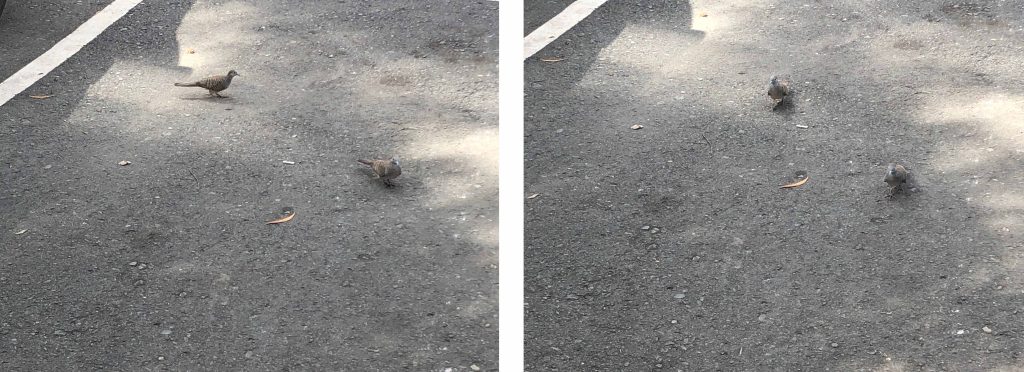7/1
ベンヤミンが指摘しているように、複製物はアウラを持たない。故にそれは、ファシズムやハイデガー的民族思想、唯一性といったものとは別の思考、語り方を示してきた。が、その生産システムは一方で資本主義と相性の良いものであった。モダニズムの中で生み出された“アプロプリエイト”や“シミュレート”といった美術的手法はその模倣であり、資本主義を問題として俎上に上げつつも、一方では矛盾をはらんだ結果を残してきたようにも思う。結果的に資本に組み込まれ、消費されてきた。
いま僕が考えようとしている、「同じものが複数あるから、別々の時間・場所で経験が異なる」ということは、結局そのモノと人との一回ごとの出会い(つまりは上演)が毎回異っているということと同根だろう。
アプロプリエイト等のアプローチによって作品化された(con-temporary:一緒に-いまこの一時的な)なものを接ぎ木していっている作業とも言えるのではないかと思う。
As Benjamin points out, the reproduction has no aura. Hence, it has shown a different way of thinking and speaking than that of fascism, Heidegger’s national thought, and uniqueness. On the other hand, the production system was compatible with capitalism. The artistic techniques such as “appropriation” and “simulation” developed in modernism are imitations of this system, and while capitalism has been put on the chopping block as a problem, on the other hand, it seems to have left behind contradictory results. It has consequently been incorporated into and consumed by capital.
What I am trying to think of now, that “because there are multiple identical objects, the experience differs at different times and places,” is the same root as the fact that each encounter between the object and the person (i.e., the performance) is different. I think my work can be described as a process of grafting together (con-temporary: together – now – temporarily) what has been made into a work of art through approaches such as appropriation.



